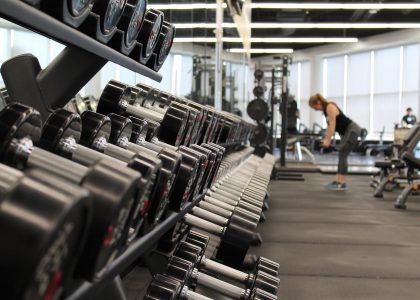Thermal effect of food: how many calories does our body use during digestion? Is the digestion of fats and proteins the same thing? …
Whether our goal is to gain muscle mass, lose fat tissue, maintain our healthy weight or simply get care of our health; we must pay attention to the energy balance
What is the Energy-Balance?
The energy balance is the ratio between the energy input (intake) and the energy consumption (expenditure), resulting in three possible conditions:
- Caloric surplus (when we absorb more energy than we use),
- Caloric Deficit (when we expend more energy than we consume) or,
- Isocaloric Consumption (when our intake and energy expenditure are so similar that they do not produce fluctuations in body weight).
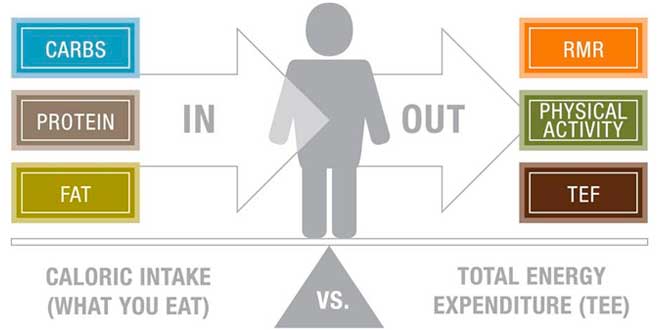
The energy intake is easily quantifiable , by monitoring daily, weekly, monthly food consumption … and establishing an average intake to gauge the calorie intake we are providing through the intake
Quantify the energy-expenditure
From the ancient paradigms of clinical nutrition at the present time, 3 foundations have been maintained as pillars, which constitute energy expenditure:
- Basal metabolism (BM): which is the energy expenditure that our body produces to keep its vital functions active.
- Energy expenditure associated with physical activity: composed of physical exercise and daily NEAT.
- Thermogenesis: the effect of some substances on energy expenditure, depending on or regardless of their association with physical activity. Examples of this are stimulants such as caffeine or nicotine, cold or foods.
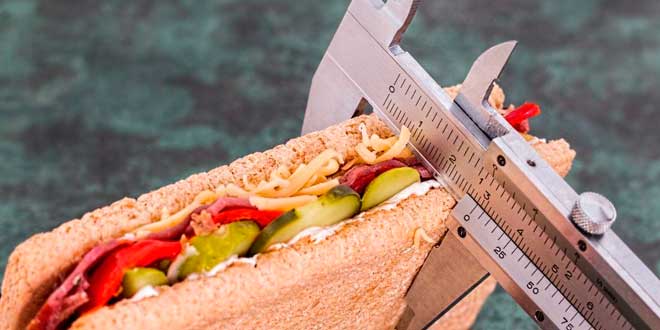
However, quantifying energy expenditure is more complex
The Thermal-Effect of Food or TEF
In this article we will focus on the effect that food consumption has on fluctuations in daily energy expenditure . And it is that food consumption, in addition to being a source of energy intake, to some extent, also has an associated energy expenditure .
TEF is the percentage of energy consumed necessary for digestion and assimilation of nutrients
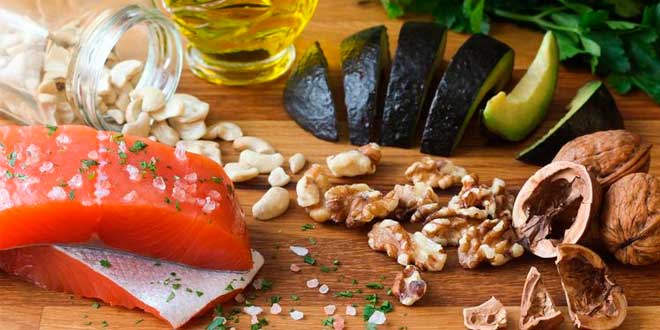
That’s why depending on the quantity and distribution of nutrients in each intake, our energy expenditure will vary
Nutrients and TEF
TEF does not depend on the source of food consumption, i.e. our body will not vary, or at least not significantly energy expenditure if our carbohydrate source is bread or rice (with the same amount of nutrients ).
However, the thermogenesis associated with food consumption is different if we consume a portion of carbohydrates, fats or proteins
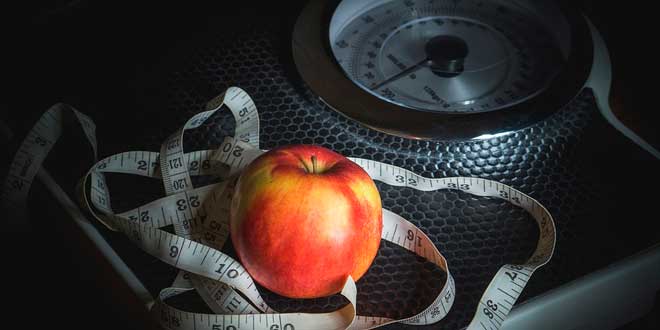
D different nutrients are associated with different magnitudes of the energy expenditure induced for their assimilation
Thermal effect according to the macronutrient
proteins have an expenditure energy associated with their consumption between 20 and 30% of the total caloric intake, carbohydrates between 5 and 10% and fats between 0 and 3% (Ravn et al, 2013).
This is due to the energy efficiency of the nutrient, i.e. ease with which our body metabolizes this nutrient
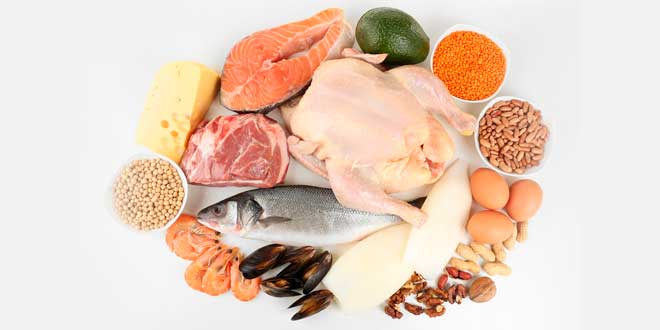
We can therefore conclude that proteins are a very inefficient nutrient from an energy point of view , but nevertheless, if our goal is to lose weight, it is interesting to take advantage of it
Is a kilocalorie a kilocalorie?
Well no, a intake of 1000 kcal of proteins generates an energy expenditure between 200 and 300 kcal, in the metabolization processes, while the same intake of fat generates a thermal effect between 0 and 30 kcal.
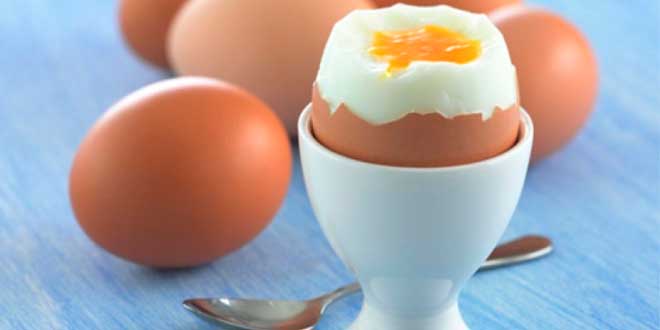
That is, they won’t make us fat the same way
TEF and Physical Activity
Interestingly, food-induced thermogenesis is strongly influenced by subsequent exercise (Binns et al. 2015).
They demonstrated in 10 active women, subjected to the practice of 30 minutes of physical exercise at 60% of their Vo2Máx after taking a high protein intake (45% kcal intake ) vs low protein content (15% kcal intake) vs fasting;
Since the energy consumption was significantly higher during exercise after a high protein intake compared to fasting , but not after a low protein intake compared to fasting.
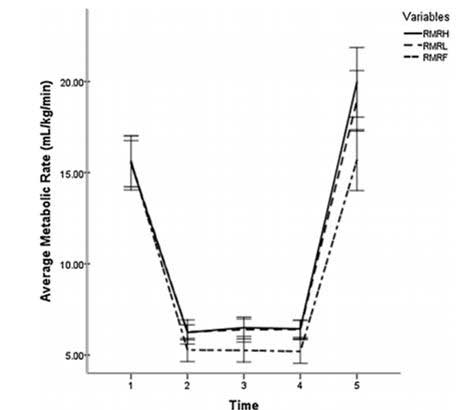
Figure I. Changes in metabolic expenditure under different conditions. RMRH: after a high protein intake; RMRL: after a low protein intake; RMRF: Fast
This is why which we can conclude that a consumption of foods rich in proteins, before the practice of physical exercise, results in a greater metabolic production induced by an amplified effect of the thermogenesis of these foods
Conclusions
- Food requires energy for its nutrients to be metabolized and assimilated .
- protein is the nutrient that produces the greatest thermal effect.
- Exercising immediately after eating food produces a increase in the magnitude of the thermal effect of these, although this appears to be significant only if the previous intake is rich in protein.
- The TEF must be quantified to make a correct estimate of l daily energy expenditure and to be able to control all the factors that influence our body modifications.
The effect of physical exercise on TEF is significant, but let’s not go crazy, this won’t be the factor that will make us lose weight, low calorie diet and training , the effect of the TEF increase is minimal.




